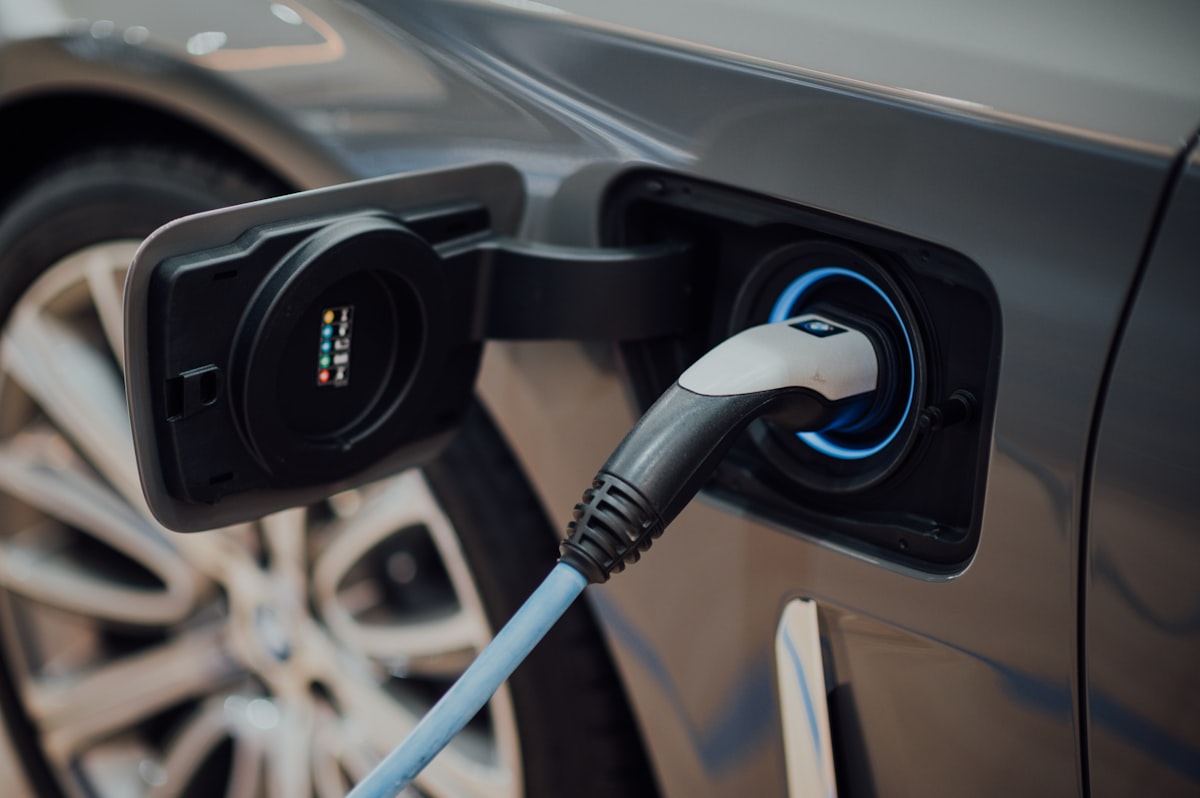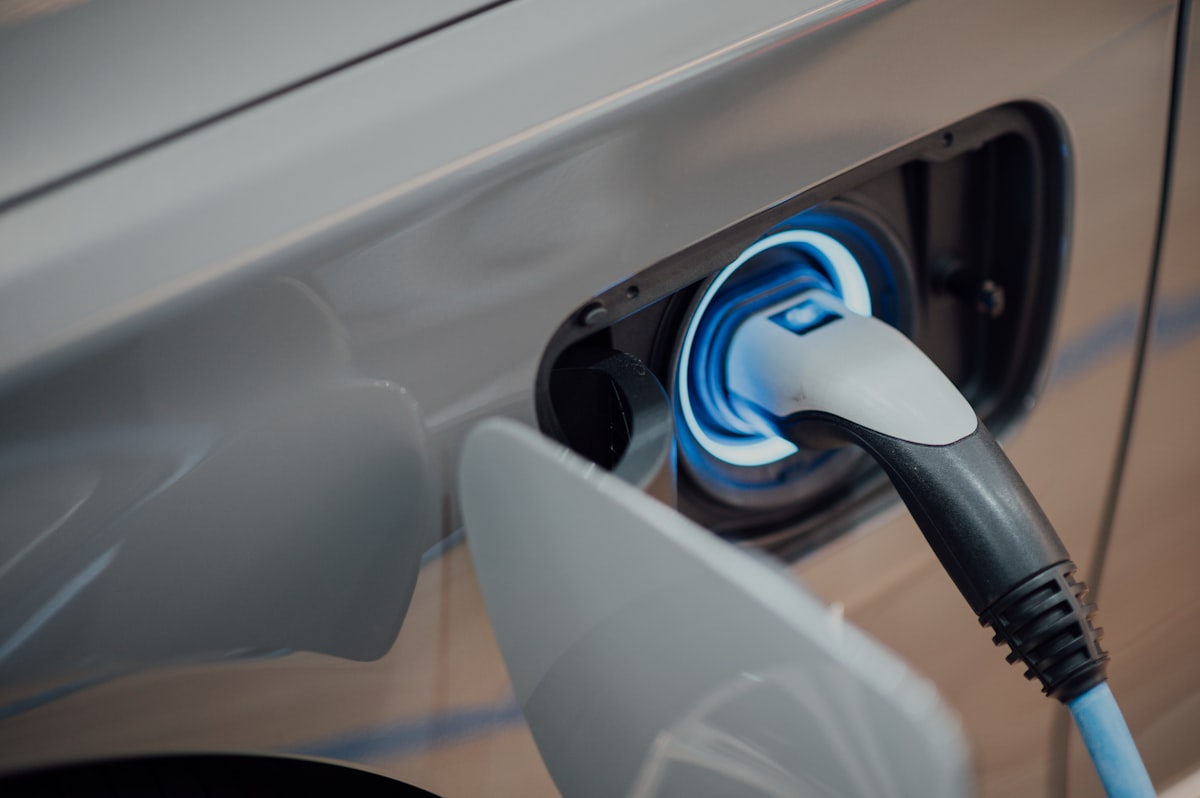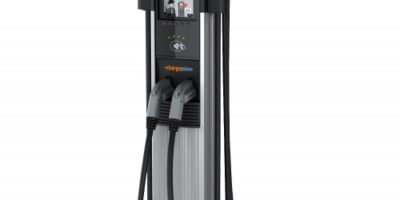As electric vehicles (EVs) continue to gain popularity, many EV owners are exploring the feasibility of installing fast chargers at home to enhance their charging convenience and reduce downtime. This article delves into the specifics of installing a fast EV charger at home, covering technical requirements, costs, benefits, and potential challenges.
**Understanding EV Charging Levels**
Before deciding to install a fast charger, it’s crucial to understand the different levels of EV charging available. There are three primary levels:
1. **Level 1 Charging**: This is the basic charging that can be done using a standard household outlet (120 volts). It’s the slowest form of charging, generally adding about 4-5 miles of range per hour of charging.
2. **Level 2 Charging**: Level 2 chargers require a 240-volt supply (similar to what large appliances like dryers use) and can typically fully charge an EV overnight. They add about 12-80 miles of range per hour of charging, depending on the vehicle and the charger.
3. **Level 3 Charging** or **DC Fast Charging**: This is the fastest type of charging currently available. It can add 60-100 miles of range in just 20 minutes of charging, making it highly desirable for quick top-ups.
**Feasibility of Installing a Fast Charger at Home**
Installing a Level 3 charger at home is not as straightforward as installing a Level 1 or Level 2 charger. Here are the primary considerations:
– **Power Supply**: DC fast chargers require a significant electrical output that most residential homes are not equipped to handle. They typically need a connection to a high-power direct current (DC) supply which might require a significant upgrade to your home’s electrical infrastructure.
– **Cost**: The cost of installing a fast charger at home can be substantial. In addition to purchasing the charger, you might need to upgrade your electrical panel, install new wiring, and perhaps even pay for changes to your utility’s infrastructure.
– **Permitting and Regulations**: Depending on your location, you may need to obtain special permits or adhere to specific regulations. Some local governments have not yet updated their building codes to include provisions for high-powered EV charging systems, which could be a hurdle.
**Alternatives to Home Fast Charging**
Given the complexities and costs associated with installing a Level 3 charger at home, most homeowners opt for a Level 2 charger. These chargers strike a balance between charging speed and ease of installation. Most EVs come with a Level 1 charger, and upgrading to a Level 2 charger is generally considered sufficient for home use.
If you frequently need rapid charging, consider using public DC fast charging stations. These stations are increasingly common in urban areas and along major highways, making them a convenient option for quickly recharging while on the go.
**Conclusion**
While it is technically possible to install a fast EV charger at home, the practicality and cost-effectiveness of doing so are currently limited for most homeowners. Level 2 charging at home, combined with the strategic use of public fast charging stations, tends to be the most practical approach for the majority of EV users. As technology advances and costs decrease, the installation of home fast chargers might become more feasible. For now, understanding your vehicle’s charging capabilities and your typical driving patterns will help you choose the best home charging solution.
Recommended EV Accessories
NOCO GENIUS10 Smart Charger – $79.95
Advanced battery maintainer and charger.
EV Charging Station Guide
Navigate the EV charging landscape.

As an Amazon Associate, we earn from qualifying purchases.





Subscribe for Updates
Get the latest articles delivered to your inbox.
We respect your privacy. Unsubscribe anytime.